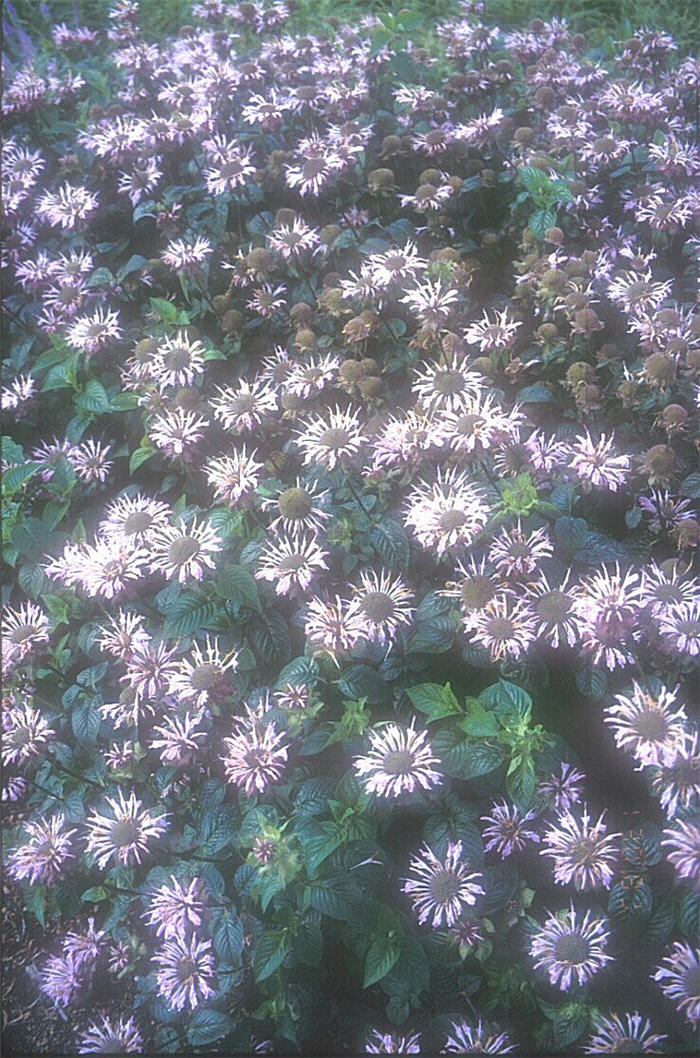| Botanical Name: Monarda | |
| Common Name: Beebalm |

-
Anatomy
-
Culture
-
Design
Plant Type
Perennial, Herb, Wildflower
Height Range
1-3', 3-6'
Flower Color
Lavender, Pink, Purple, Red, Violet, White
Flower Season
Summer
Leaf Color
Green
Bark Color
n/a
Fruit Color
n/a
Fruit Season
n/a
Sun
Full, Half
Water
Medium, High, Extra in Summer
Growth Rate
Fast
Soil Type
Sandy, Clay, Loam
Soil Condition
Average, Rich, Well-drained, Moist
Soil pH
Neutral
Adverse Factors
Invasive
Design Styles
English Cottage, Meadow, Native Garden
Accenting Features
Showy Flowers
Seasonal Interest
Summer
Location Uses
Background, Perennial Border, With Rocks
Special Uses
Container, Cut Flowers, Mass Planting, Small Spaces
Attracts Wildlife
n/a
Information by: Stephanie Duer
Photographer: Bobbie Schwartz
Photographer: Bobbie Schwartz
-
Description
-
Notes
Beebalm are perennial herbs with lush, fragrant foliage, and unusual pincushion-like flowers that occur at the ends of branches. Flowers come in ranges of pinks, lavenders, burgundy, and white. Blooms early summer. Bee balm is a member of the mint family, and it shares many traits with the other mints, including fragrant foliage, attractiveness to pollinators, and a creeping, spreading habit.
Plant in full sun to a bit of shade, in well drained, loamy soil. Not drought tolerant, if heavily mulched it does well with weekly watering; sporadic watering (too much and then too little) may cause stress and increase the incidence of powdery mildew and leaf spot. It is in the mint family and will spread. Very effective at attracting pollinators to the garden.